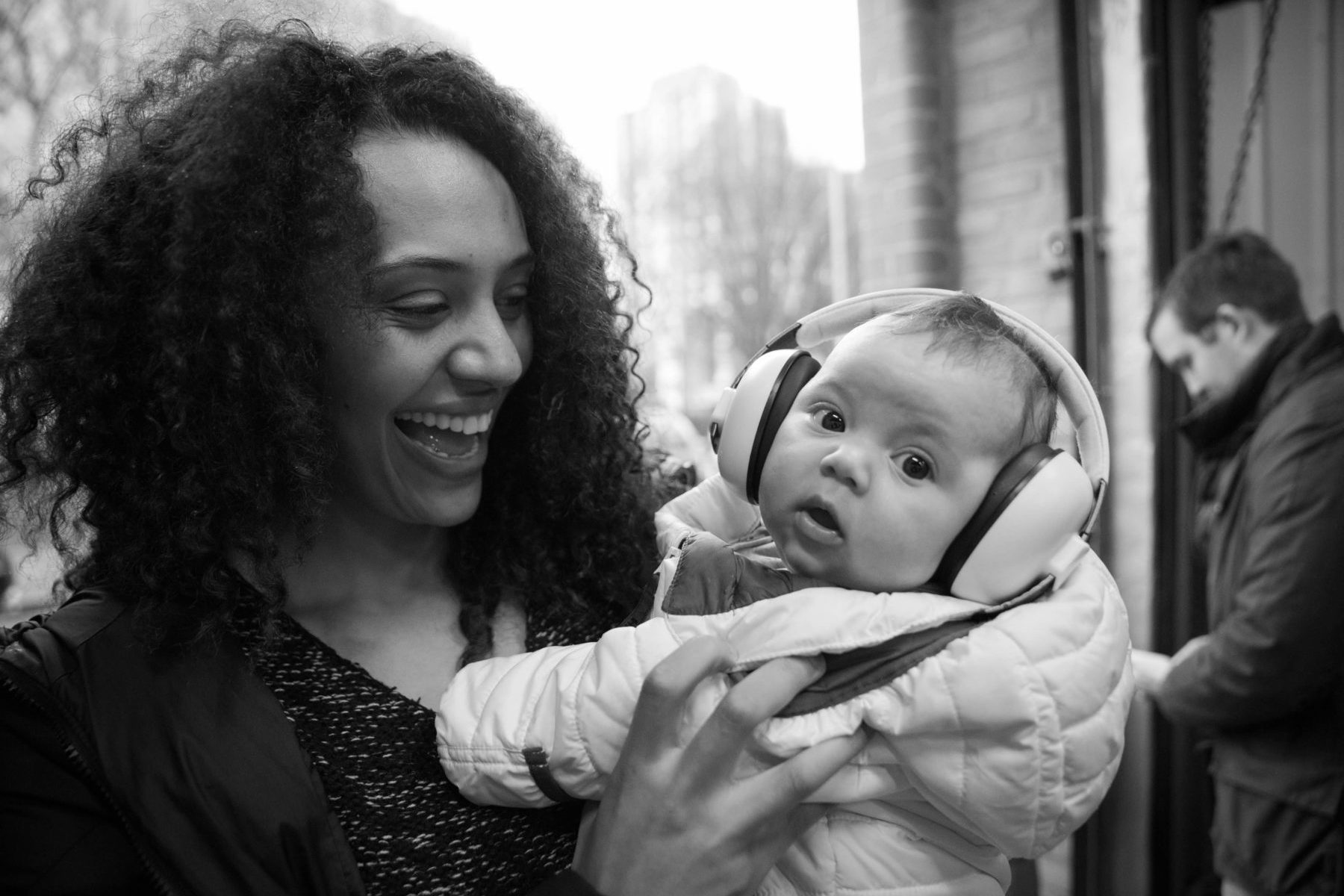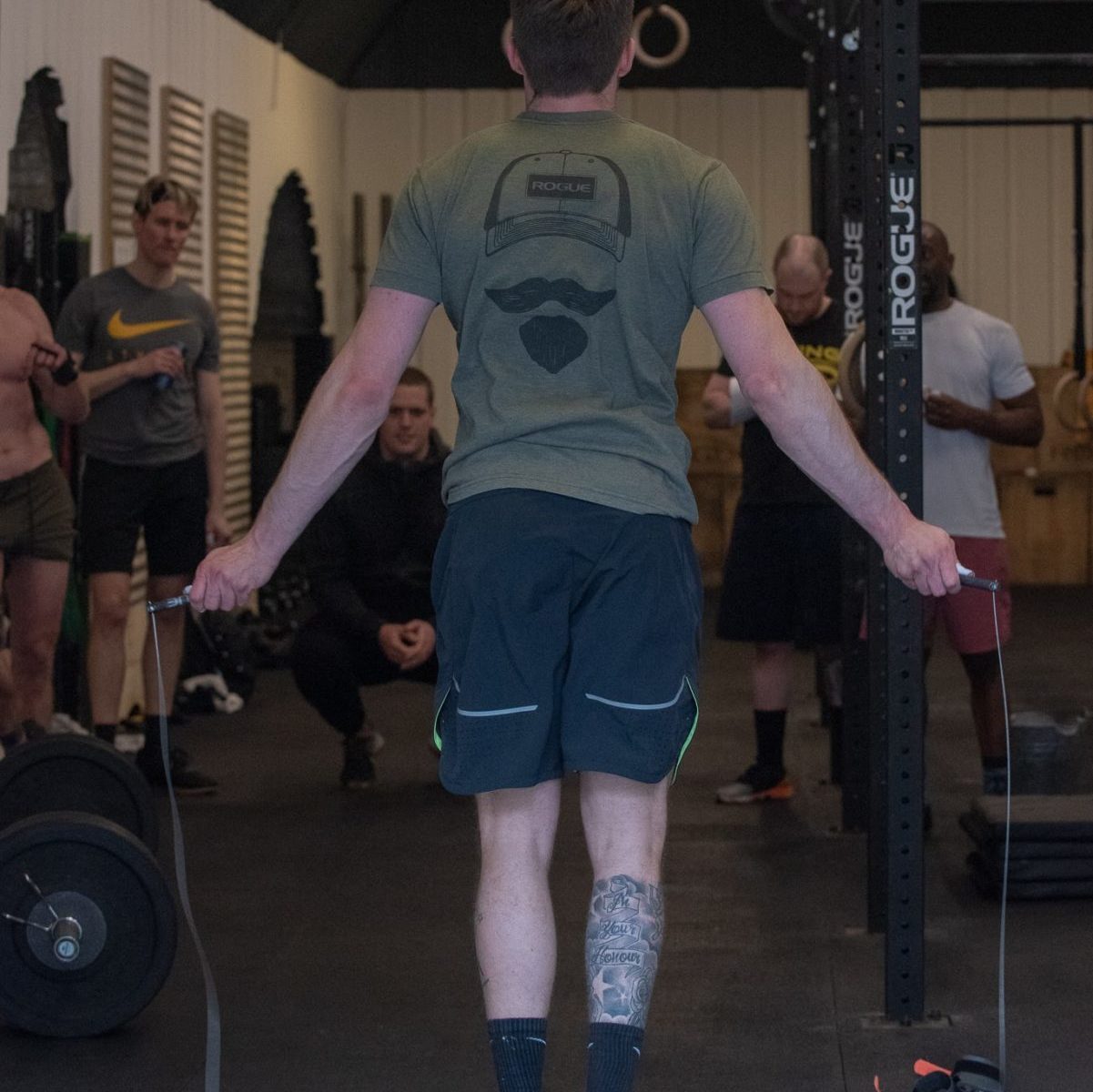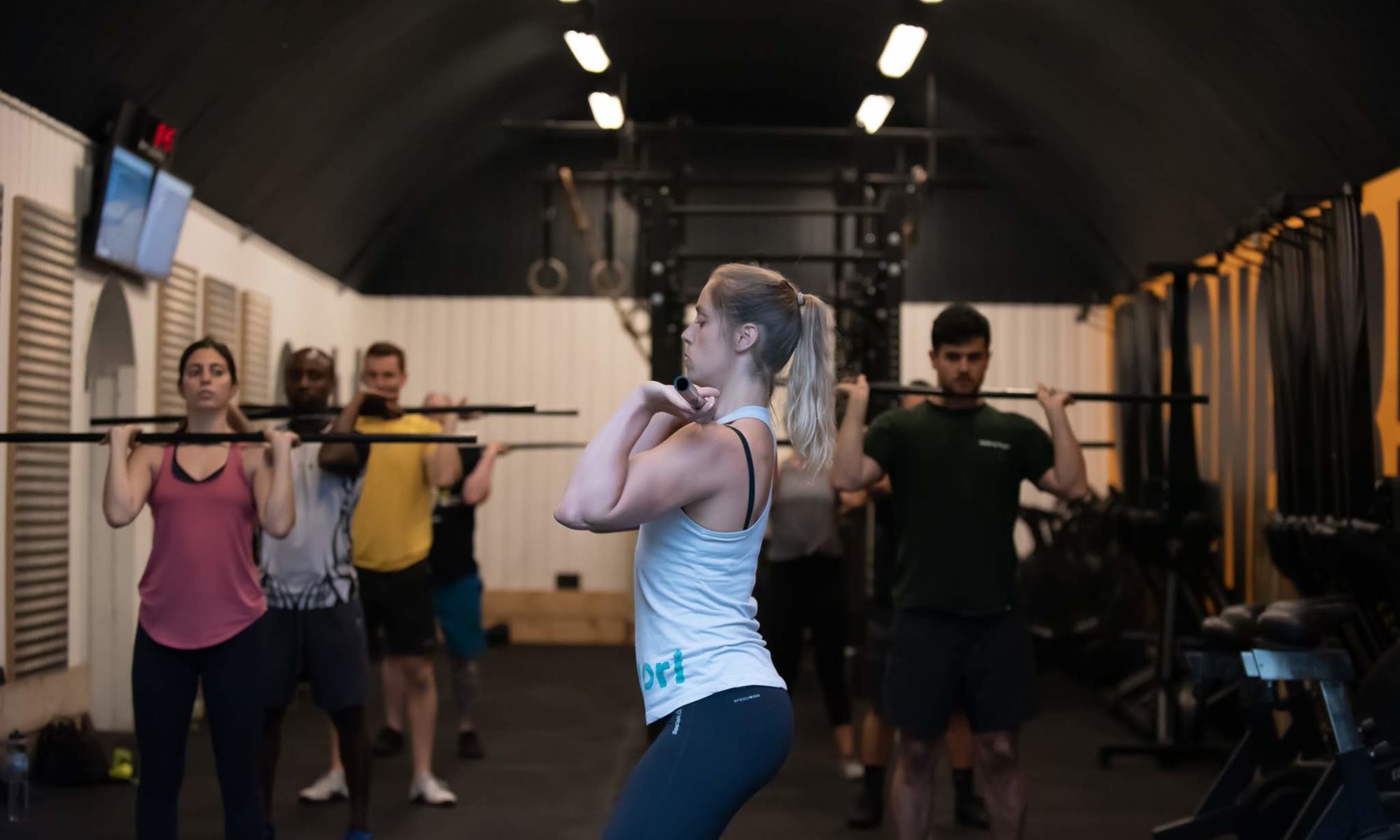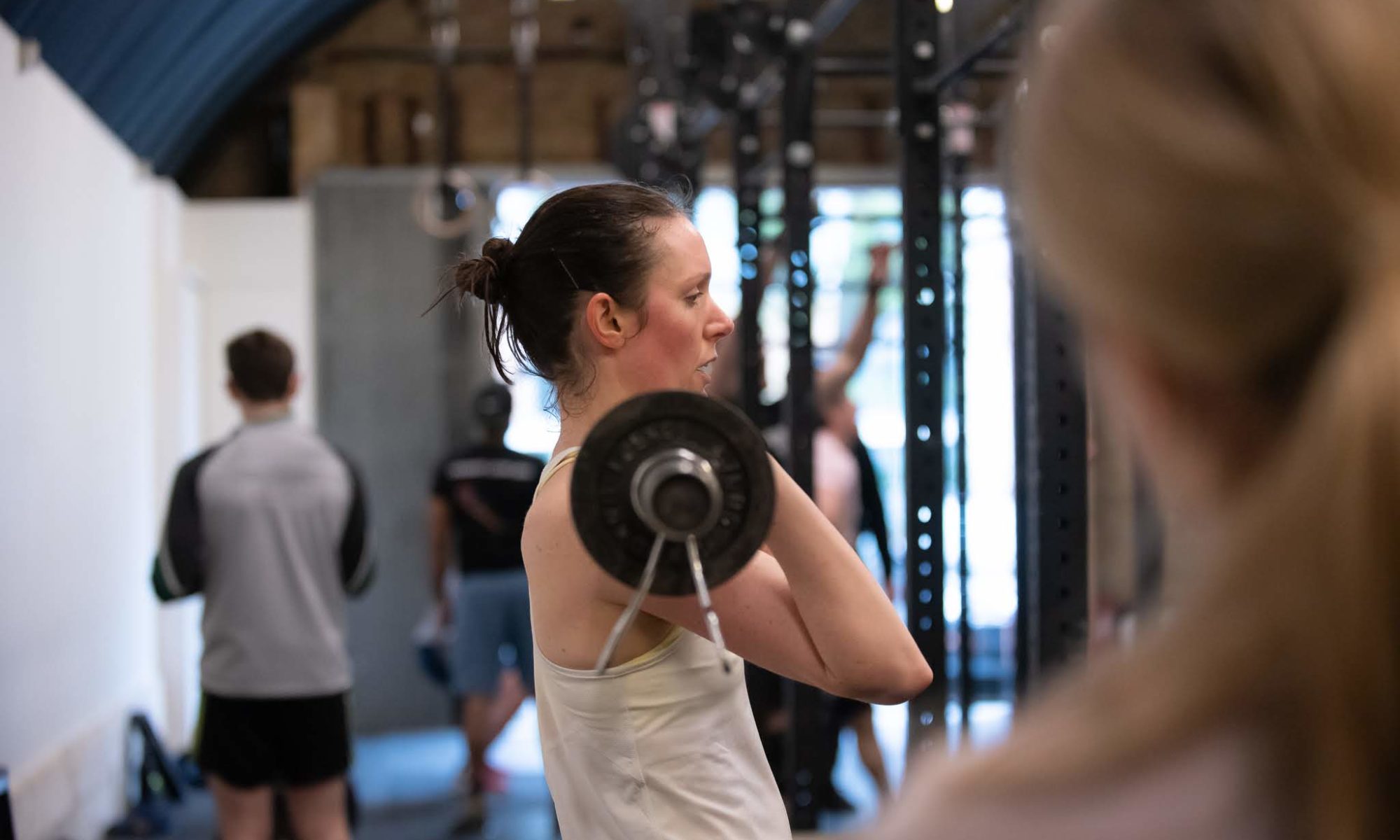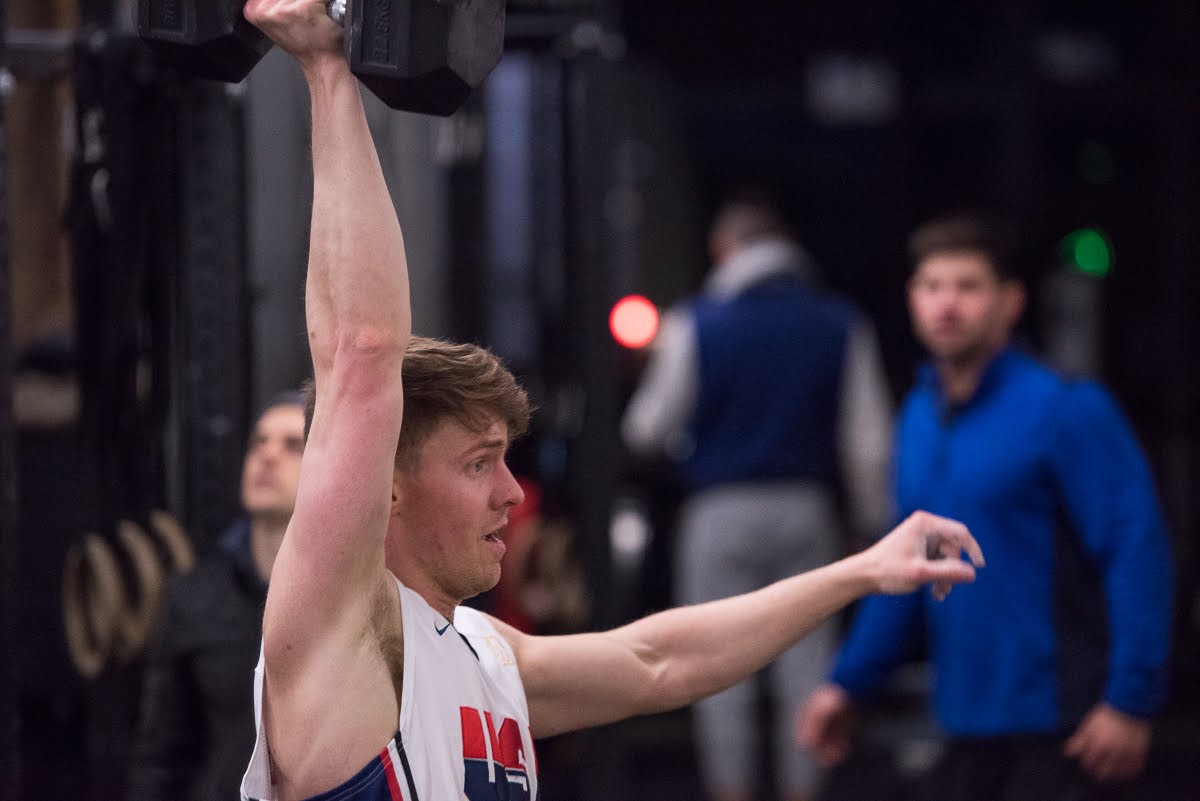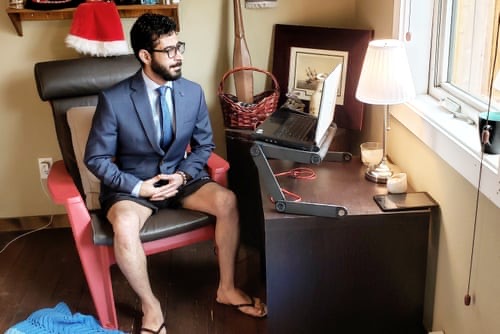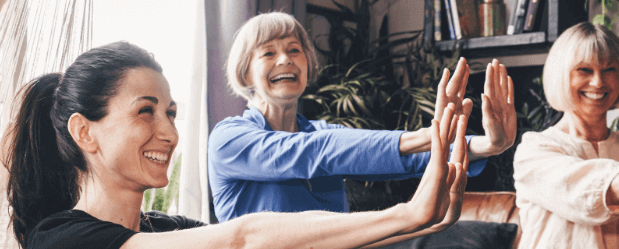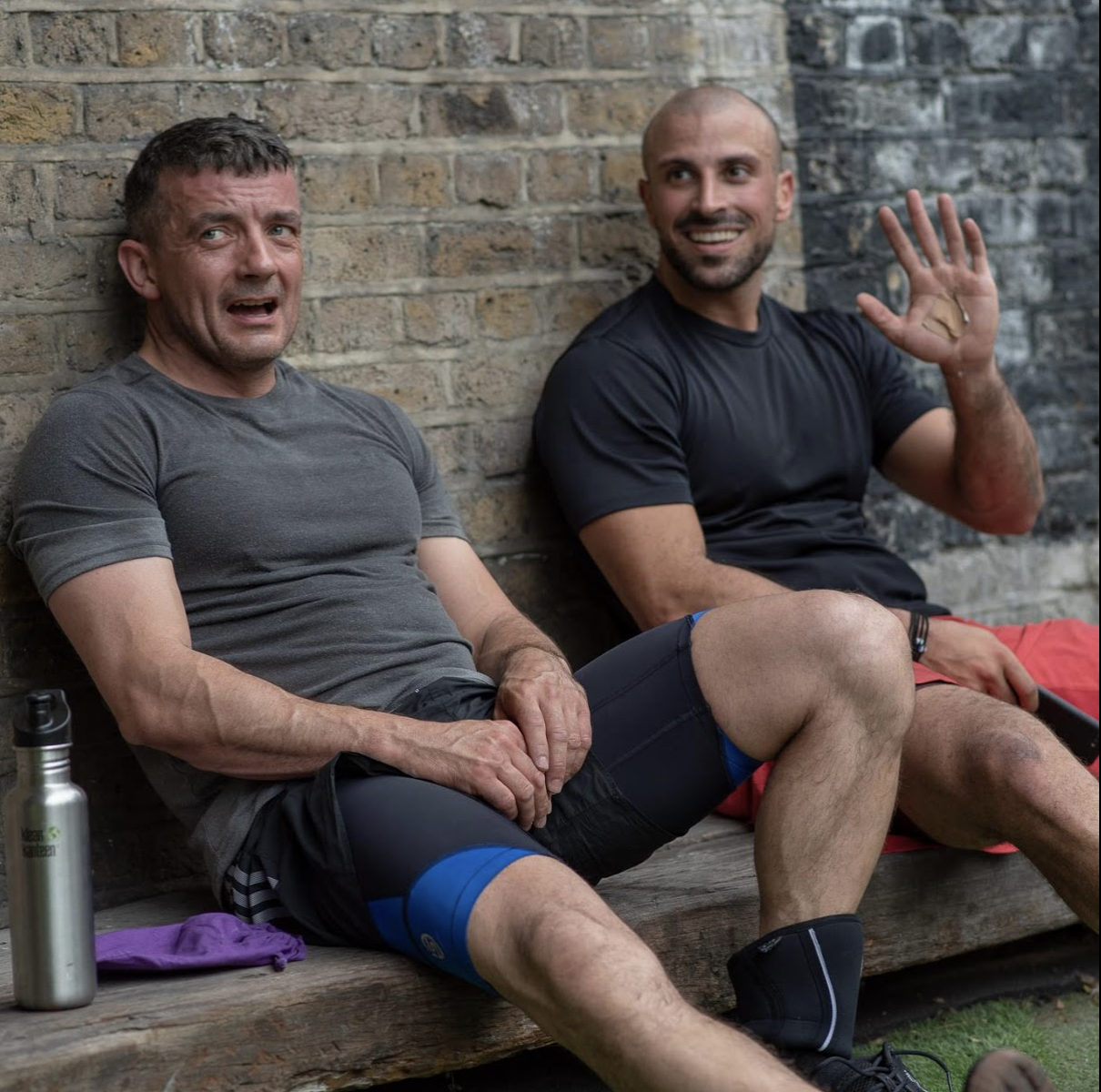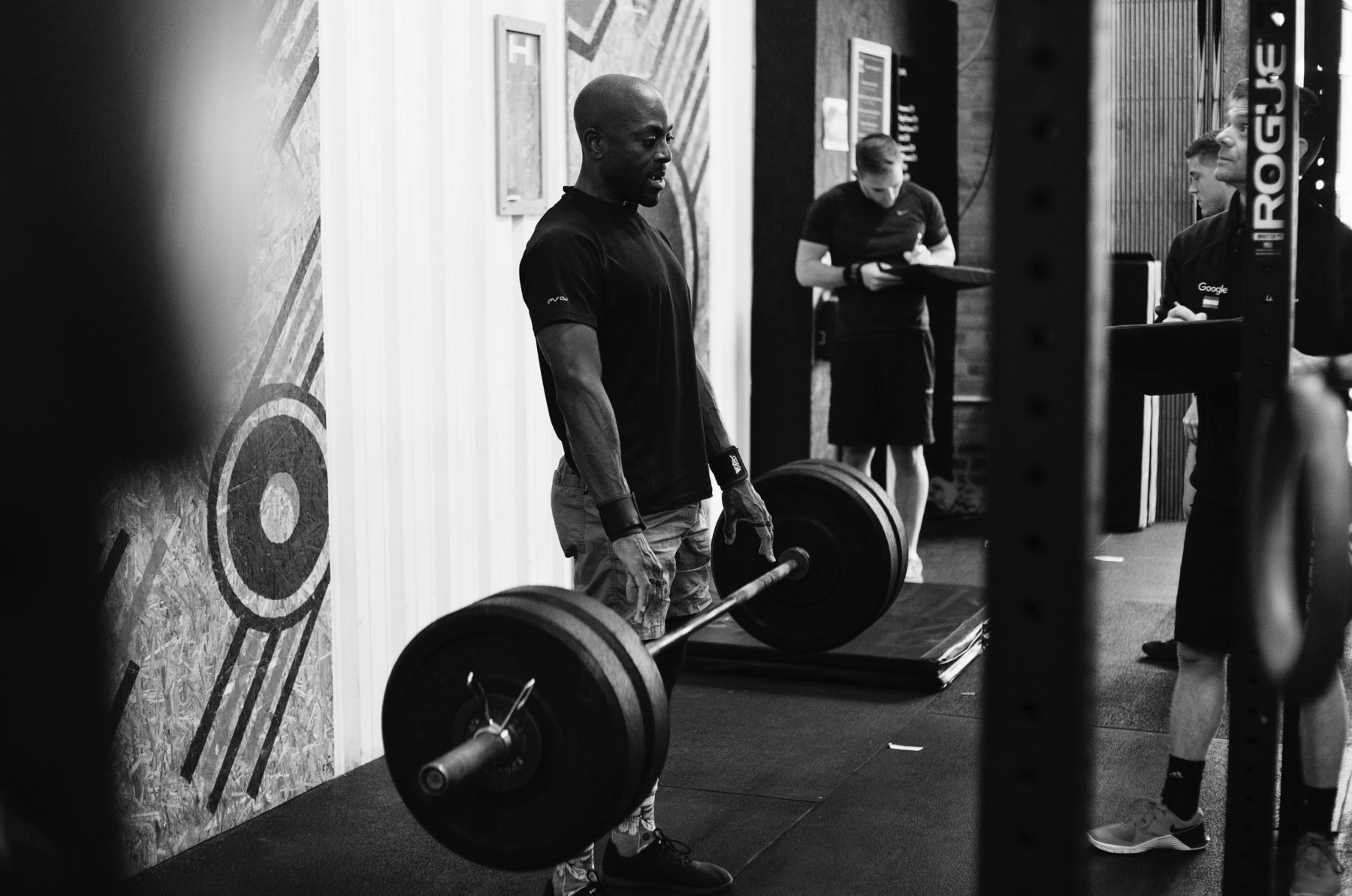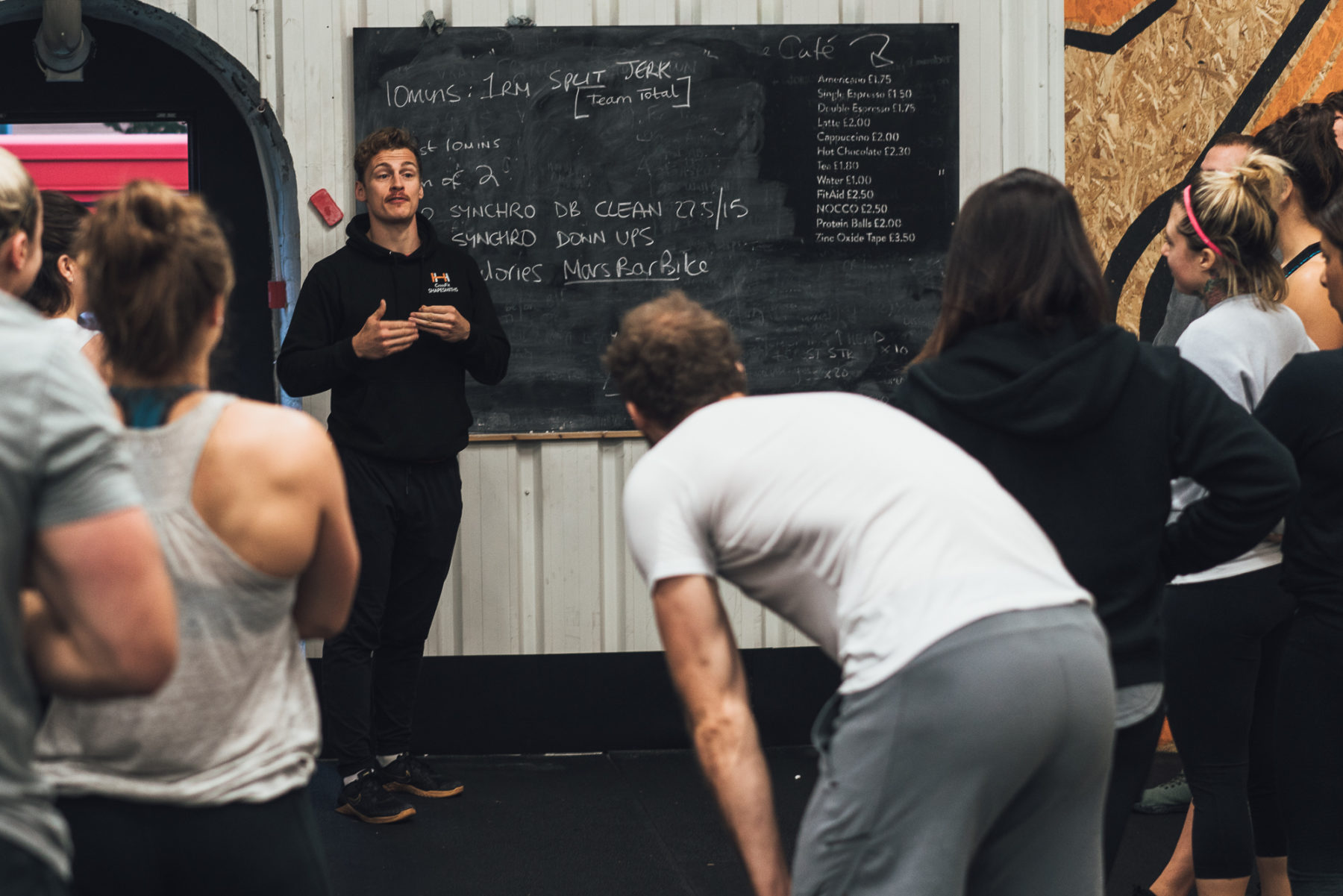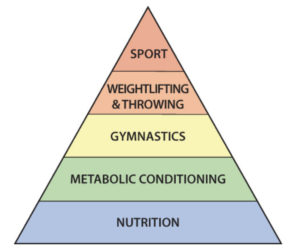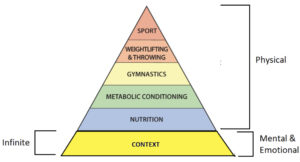Welcome to the Building Better Bones FAQ document! We have put this together to answer all your questions as you start your journey on the path to feeling more confident in your daily activities and enjoying exercise.
Here are all the questions we have had so far below with a little response from us. If you still can’t find the answer to your question, please use the BBB WhatsApp group or email either Lee: [email protected] or Emma: [email protected]
Looking forward to seeing you all in the next class!
Booking Classes & Wodify
Q: How much is a class?
We want to offer Building Better Bones for FREE for a few weeks so you can get into a routine with it and feel some benefits! If you’d love to get involved do let Lee know and he will get you signed up with our booking software, called WODify. This software allows you to book your BBB classes in advance. This means Emma and Lee will know who is attending and can plan accordingly for any modifications or tailoring of exercises.
Q: How much is a class, continued…?
After the free period, we would have to add in a small charge to cover our cost to provide the classes, but for now, we will bear that cost as we believe in this project and the good it can do immensely!
To stress, there is no pressure to carry on past your initial free period. If it’s not right for you. Just as a heads up, the pricing options would be
- £8.50 per class, PAYG (booking and payment via our WODify system)
- £60/m gives access to all classes, Monday, Wednesday & Friday at 1PM (booking and payment via our WODify system)
This will also include access to the live coached session, programming and the WhatsApp update group where you will receive the Workout of the Day (WOD) in advance with a tips and modifications video so you feel confident going into each session.
We want to help as many people as possible, and if cost is an issue, please do not hesitate to contact Lee to see what we can offer you.
Q: How do I join the Building Better Bones WhatsApp Group?
When you have been added as a Shapesmiths member on WODify, we will send you a link to add yourself to the group.
Q: What is the Building Better Bones WhatsApp Group For?
It is a really positive online community space to ask questions if needed. It is also where Lee & Emma will send you the exercise session in advance so you can prepare and get any equipment you may need together. Often this will be accompanied by handy videos with demonstrations of each exercise so you can prepare and go into class confidently. Don’t worry we will always go through technique in class too and give you options for each exercise to choose from.
Q: I’m busy at 13:00, how do I follow the recorded workouts?
We record every workout that we do, so that if you can’t make the live session time, you can follow along in your own time. Bear in mind you won’t have any coaches watching or checking your movements. Don’t do anything you are concerned about, stop if it hurts, be very careful. You are doing this at your own risk, but it can still be of huge benefit for you.
We highly recommend you do the live workout with us, as you will get lots of quality feedback on your form, interaction with others in the group, and the coaches also love getting to know you and how your bodies move! This keeps you extra safe.
If you do want the recording you will need to email Lee to be signed up as a Shapesmiths member on WODify, our booking system. Then you simply sign up for each class and will get an email with the recording soon after the class finishes. All instructions are also in the welcome email that comes through.
Q: Also with the class recordings that have taken place since I signed up, I’ve been receiving the links via the Whatsapp group – do these expire after a certain amount of time?
Unfortunately, yes they will expire after 30days. We suggest you download the videos if you would like to do so.
Q: Will there be some sessions at a US friendly time?
The nice thing about being in the UK is that we are in the middle of the world for timings. 1PM should mean that in the US you will be able to join us in the morning time! What a way to start the day! If you have kids, feel free to include them too!
As we continue and grow our reach, and if there is a demand for it, we would love to build out our timetable! So, tell your friends!
About the Classes – is it for me?
Q: I don’t know my risk of fracture? Am I ok to join in?
Building Better Bones (BBB) classes are definitely suitable for anyone, even if you just want to sit and watch, feel part of the community and maybe ask the coach a question at the end?
Hopefully everybody knows from their GP &/or specialist, if not, do ask them at your next appointment your fracture risk, what level of exercise (low, medium or high) you can do & what amount of weight you can lift generally & exercise safely with. There is an online Frax tool which calculates fracture risk which is currently used by GPs & specialists to decide what risk individuals are at for fracturing & also if they need treatment, although medics will also make a judgement call about this and might not use Frax eg. if individuals have had a lot of vertebral fractures or injuries or have unusual or rarer eg. younger or pregnancy associated osteoporosis, they may be judged to be at higher risk than their Frax scores. Hopefully Frax will be refined & improved going forwards. https://www.sheffield.ac.uk/FRAX/tool.aspx?country=1
Another online tool is the Q-fracture algorithm, which gives the 10-year probability of fracture, and were developed especially for UK population between the age of 33 and 99.can be found here Q-fracture : Bone Health Assessment
If you feel extra nervous please get in touch with Lee or Emma ahead of time so we can discuss your needs, which are very important to us!
We have some individuals who are at high fracture risk taking part in our classes. Some who can only do low impact exercise and limited weight lifting. In these cases their osteoporosis specialist physiotherapists have checked and approved the classes. But the classes are designed for all levels and there are also people doing the classes who have low fracture risk, who can do high impact exercise and lift heavy weights. We really think the classes will help everybody wanting to build Better Bone Health.
We will prepare you for exercises by offering a personal chat (if needed), and also via the BBB WhatsApp group (workouts released in advance, advice, video help) so you can get the Bone Building benefit of the sessions. All sessions are actually COACHED too. This means you will get individual feedback throughout the session as well as eyes on you to keep you making progress.
Also note we are working within the ROS guidelines for Exercise for Bones and stay up to date with the latest research on bone health and the impact of exercise on it. Note: we are not affiliated with the ROS (Royal Osteoporosis Society), simply using their guidelines that are freely available and open source, in conjunction with research from several other sources to inform, support and balance almost 30 years of fitness industry knowledge.
READING LIST
Q: Should I do a session like this every day?
For now, we recommend sticking with our 3 x per week classes. Maybe mix it up with other activities you like doing or that have been recommended to you so you get a variety and continue to enjoy everything you are doing! In an ideal situation, we would like to put on classes that are suitable for people with Osteoporosis & Osteopenia daily (Monday – Saturday) so you have the option to join in daily and get moving. As we progress with you all as a group, hopefully this is where we will end up!
We would also include those who have been Osteoporotic or Osteopenic in the past and are keen on staying out of that category. The caveat is you will need to go at your own pace with every class and listen to our suggested modifications. In some cases, you may need to build up how frequently you attend and mix in some days where you take a nice walk or jog or run, depending on whether you can do low, medium or high impact exercise. The classes are intended to build health, wellness and fitness across a broad spectrum of attributes.
Q: Are the exercises catered for different needs and abilities?
For sure every exercise has levels to it and we try and explain the levels in each class. Indeed in our other groups we have a whatsapp support group where we demonstrate the exercises and their modifications so it gives an opportunity for folks to take the wheel and prepare for the next day’s session. Obviously we are just starting out here and don’t have that set up yet.
The key thing here is if 3 sets of 3 of 4 repetitions feels good on any given day, you should for sure take control of that. We can even show you how to use the chat function on Zoom or to mute and unmute yourself so you can flag that if it feels scary. We will then give you some further instructions to help the movement feel way less scary. Over time you will build up and have some super confidence 🙂
If something comes up and you are not keen, you can always flag it ahead of time and we can modify it for you 🙂
Q: I’m self-conscious about being on camera, do I have to show my video screen?
This is actually a very common question regarding zoom classes! First of all, do not worry, as it is very unlikely anyone will be watching you! Screens are pinned to watch whoever is talking, which is mostly your coach unless you are unmuted.
Essentially, yes you can turn your video camera off, however we strongly advise you to keep it on, this way we can provide instant feedback, such as a small tweak to your movements and therefore help you get the most out of your workout and more importantly, you will be safer!
Q: Why am I muted during sessions?
We start with a lovely chatty catch up section to welcome everyone to the session, but then mute everyone in the zoom class so there is no feedback (noise) over your coaches voice, and so that you can clearly hear us. It is really hard to hear the coach talk if you are not all muted!
We will also have a debrief and chat time at the end of class. You will also be encouraged to un-mute yourself at any time during the class to ask questions. If you don’t want to speak up in the class, you can also use the chat function to message everyone or to send a private message to the coach.
Q: I want to find out more on the coaches. What are your instagram links?
Lee is https://www.instagram.com/leesteggles/ & Emma is https://www.instagram.com/emzydean/ you can follow Shapesmiths too https://www.instagram.com/crossfit_shapesmiths/ Both Emma and Lee are on linkedin too if you wanted to search and check on backgrounds.
Q: Can we talk more about nutrition?
Liam made an appearance in our first ever BBB session – click HERE to watch the recording. Liam is from pH Nutrition, he has a wealth of knowledge and focuses on what we call world class basics (WCB). WCB means getting the real food side of things squared away before anything else. He really does have a good handle on it all.
He also has a team of Nutritionists that work for him that include clinical nutritionists specialising in conditions like IBS. Which means getting the real food side of things squared off before anything else. He really does have a good handle on it all. Check out more here and get in touch if you want to chat to him: http://www.phnutrition.co.uk/
Q: What kind of footwear do I need?
In short, if you wear the right shoes, you will move well and transfer force effectively. How? well, the running shoes, tennis pumps, and sports fashion trainers you have on your feet often have huge padding and shock-absorbing ‘tech’ built-in. For our program, rather than absorb force, you want to use the force that your body produces to help you move the weight/object/bodyweight you are lifting. This can aid correctly stressing your bones so they start to strengthen. The more force you can produce; the more weight you can move effectively, due to the amount of ground reaction force you can produce. Newton’s third law of motion if you think back to science class.
Q: I’m not osteopenic, but anxiously approaching the menopause, can I join the classes to prevent a fracture?
What a great question!
Yes, of course, we would definitely recommend you joining the classes to help with fitness and general health and alleviating menopause symptoms. You will learn how to move well first, then with load, building stronger muscles to support your bone health.
We know that physical activity can alleviate or reduce some symptoms & improve the quality of life. Research studies have proved that exercise can result in improvements in sleep quality, insomnia and depression. Exercise during and after menopause also offers various other benefits, including preventing weight gain. – Age UK
Exercises & Programming
Q: What about balance exercises?
In classes we may do some exercises that you don’t realise are actually helping to improve your balance. Some examples of this being our “foot clocks” and certain lunge progressions we have used so far, both of which will help you with your balance over time by strengthening those muscle groups that help you to stabilise.
If you have a spare 5 minutes, watch this great video on Foot Clocks and get practising! https://www.youtube.com/watch?v=iMpmxZKYiko&list=PLQtPiAR5nKNuzqzvszTsMTHdn451_x1XG&index=8
Q: Is this enough core?
On the whole, the sessions will give you plenty of core challenges. We will be including some floor work in the future too. Sometimes we may run out of time, or have a longer workout, in which case there is normally some kind of core movement hidden in the exercises! Additionally, we will have a big focus on neural adaptations to training for balance etc.
If you have had a baby we would recommend reaching out to Helen Keeble, who is a Pelvic Health Specialist, – Helen Keeble can be found here: https://www.instagram.com/helenkeeblephysio/?hl=en and she has an insta Q&A every Thursday. Tell her you know Lee & Emma from Shapesmiths and she will look after you.
Q: How does the programming work? Is it just random or is there thought behind it?
Our long term goals for you are distinctly structured, following Shapesmiths principles and methodologies…
CrossFit specifically advocates that we focus on movement FIRST, then we build consistency, then finally intensity. This fits nicely alongside the current general guidelines for exercising with osteoporosis and osteopenia
It is not a simple task to produce programming that not only progresses each individual over time, but also allows for new individuals to join the program at any time. However, we do feel that the way we have designed this program and the guidelines enforced each session allow us to challenge each of you individually, whilst allowing for risk-free exercise.
Q: What exercises can I do to strengthen my flabby tummy?
Consistency with nutrition and exercise is the key component to most goals of this nature. Sorry that there is no quick fix. We recommend focusing on what we call world class basics when it comes to exercise (mastering the movements) and nutrition and building a routine around these. Then goals as described above will fall into place given the right time frame.
Aches & Pains
Q: I have face and neck pain, sometimes behind the eyes and linked to headaches. Any tips?
Lee has produced a wonderful document on this topic here for you!
Q: I have had sciatica type pains, what will help relieve this?
Firstly, speak to your PT and check there is no underlying issue. We believe in the phrase “motion is lotion” as sciatica is worsened from stress, lack of sleep and unhealthy lifestyle. We also like to get you to ‘wake up your sleepy glutes’ and have a go at this series of 4 exercises, adapting them to suit your ability.
- https://www.youtube.com/watch?v=KWwSm_0BtuY
- https://www.youtube.com/watch?v=tb8QFoDvebk
- https://www.youtube.com/watch?v=iMpmxZKYiko
- https://www.youtube.com/watch?v=yR9Y9RfamqY&t=2s
You could also include standing rotations and laying rotations a few times a day.
Q: I have pains in my lower back, what can I do?
Obviously first thing is speak to your PT and check there is no underlying issue e.g. a re-fracture. If this is muscular aches and pains we do have some stretches that you can try, links below. Don’t forget, consistently coming along to classes will also help, as movement is key to keeping your joints and body feeling great!
Pigeon
Lying Hamstring
Samson/ Lizard
Also, see above question linking to sciatica, as the glute activations will also help!

